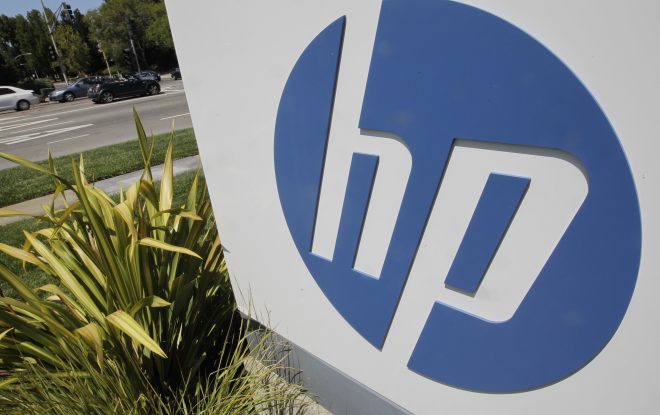Should Nvidia Investors Be Nervous About This Red Flag?
When it comes to manufacturing artificial intelligence (AI) chips, Nvidia (NASDAQ: NVDA) has a heavy lead on the competition. According to most estimates, the company has an 80% to 95% market share for AI graphics processing units (GPUs).
However, with the company’s shares trading at 36 times sales, Nvidia’s stock price will be very sensitive to competitive pressures. And according to one metric, those competitive pressures could arrive sooner than expected.
When it comes to cutting-edge AI stocks like Nvidia, monitoring research and development (R&D) spending is a must. Research and development expenses help investors gauge how much a company is investing in innovation. Often, these expenses won’t see a payoff for years, but ignoring this critical area of investment can prevent a business from maintaining its competitive advantages over the long term.
Right now, there’s no doubt that Nvidia has a huge competitive advantage when it comes to AI GPUs. The company is generating gross margins of around 75%, while competitors, including Intel and AMD, are only managing gross margins between 40% and 50% — a strong sign of Nvidia’s pricing power.
Nvidia isn’t trading higher prices for lower volumes, either. Nearly every market estimate pegs the company with a controlling market share for AI GPUs.
There’s just one problem: Nvidia appears to be underinvesting in research and development just as its lead in AI GPUs grows to dominant proportions. Intel is spending billions more per year in research and development, despite having a 95% smaller market cap. Even AMD has a higher research and development spend as a percentage of its revenue.
I’m worried Nvidia is sacrificing future growth by not spending more on research and development.
Here’s the basic truth of investing in chip stocks like Nvidia: This industry is very cyclical. In 2022, the valuations of nearly every chipmaker — Nvidia included — fell by double digits, even as volumes continued to rise on a long-term basis. Then in 2023, the industry’s valuation soared across the board.
However, in 2024, something interesting happened. Nvidia’s share price continued to skyrocket, while AMD’s valuation remained flat and Intel actually lost around one-third of its value.
The past few years aren’t atypical. Each year in the semiconductor space brings new challenges and opportunities, with valuations and market shares shifting dramatically with new innovations and growth categories. But there’s no doubt what the biggest growth driver over the next decade or more will be: AI.



Leave a Reply